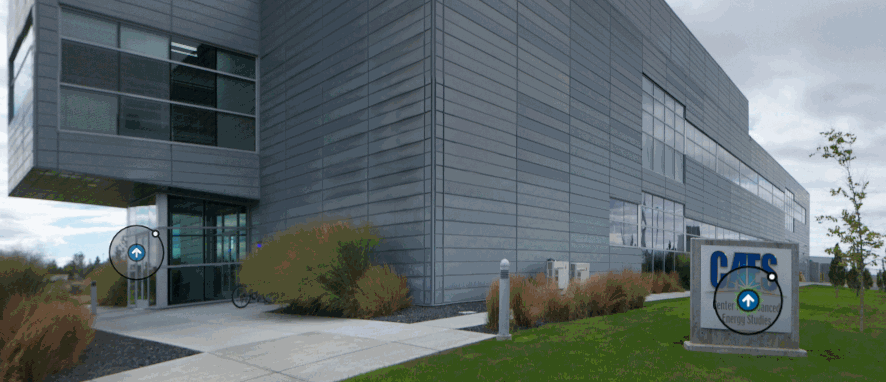About CAES
Introduction to CAES Consortium
The Center for Advanced Energy Studies (CAES) is an academic-government-industry consortium comprised of the US Department of Energy’s Idaho National Laboratory, the public research universities of Idaho (Boise State University, Idaho State University and University of Idaho) and industry collaborators.
Through world-class collaborative research, CAES innovates to secure the nation’s energy future.
CAES strives to create new knowledge and the next generation of scientists and engineers through education and research. We accomplish this through cutting-edge research involving students, professors, industry leaders and national laboratory researchers.
Our state-of-the-art facility boasts 10 laboratories and state-of-the-art equipment to propel experiential learning in conjunction with research and development in a range of fields.
Vision
Through world-class collaborative research, CAES innovates to secure the nation’s energy future.
Mission
Create new knowledge and the next generation of technology leaders through research and education with academic-industry-government collaborations.
Affiliated Centers
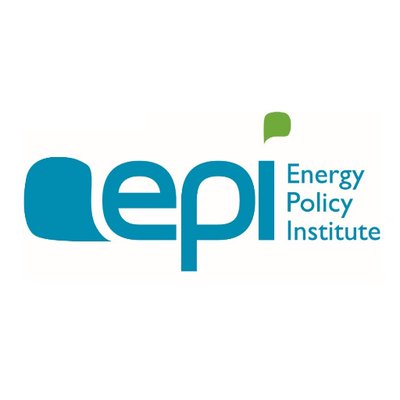
CAES Energy Policy Institute
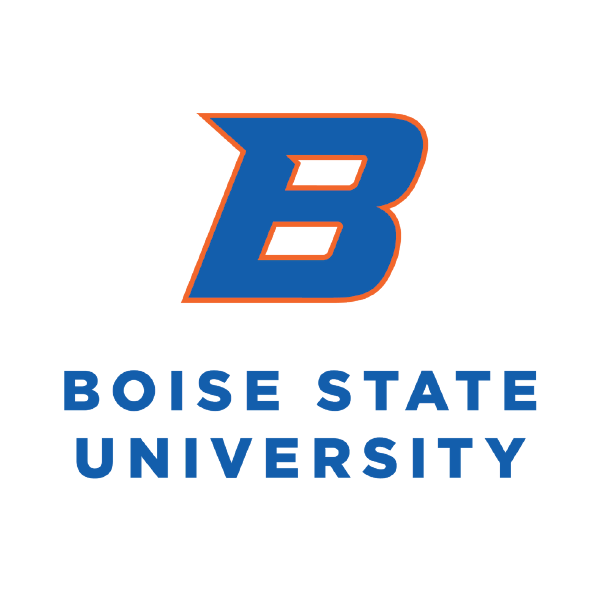
CAES Technical Assistance Program
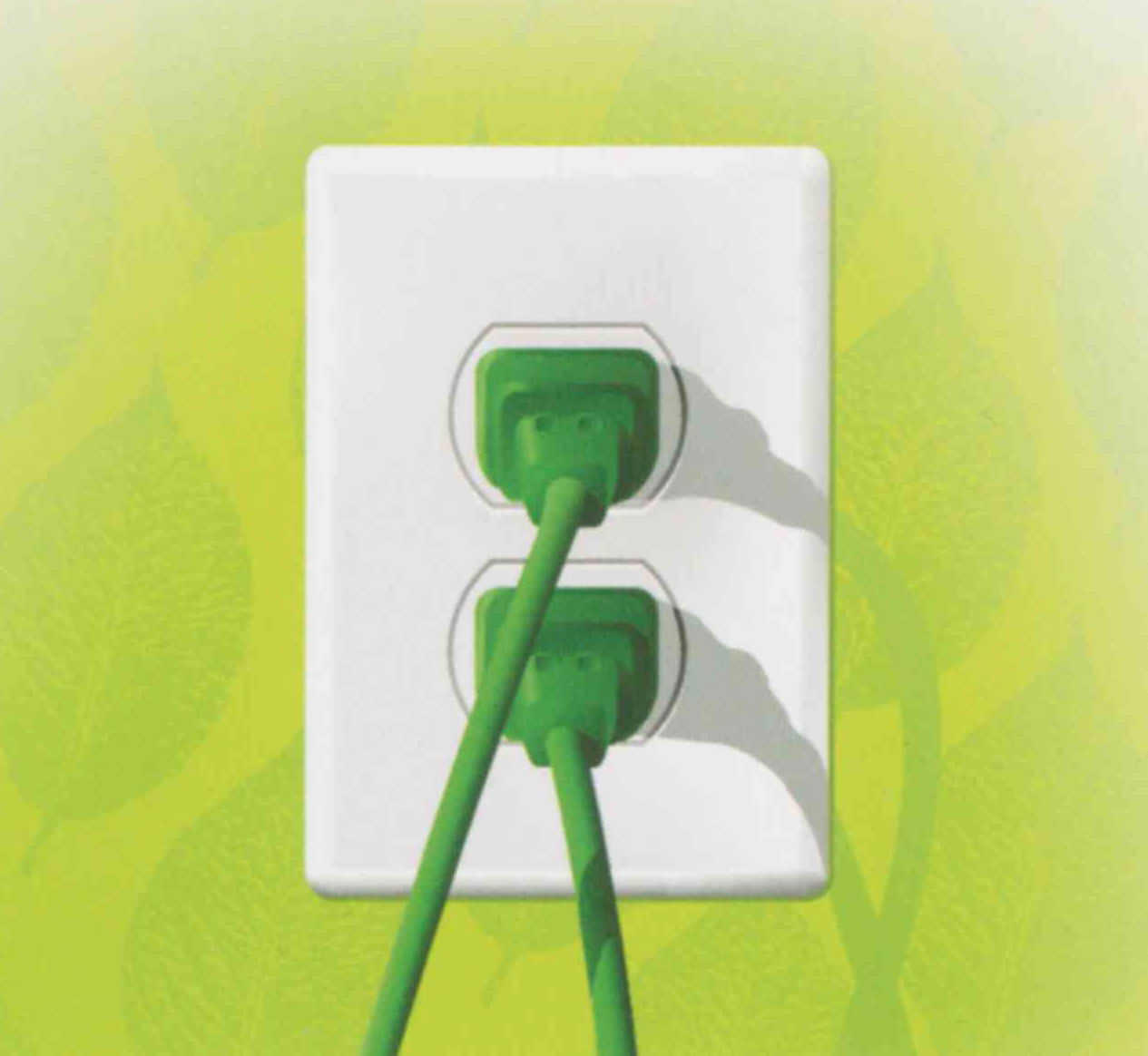
CAES Energy Efficiency Research Institute (CEERI)
CAES Tours
Take a virtual tour of CAES
CAES provides a collaborative, multi-mission environment that integrates resources to create new research capabilities and enhance energy-related educational opportunities. Click the button below to take a virtual tour of the CAES facility in Idaho Falls, ID.
Schedule a tour of the CAES facility for your group.
Tours of the CAES facility and/or CAVE demonstrations are available to the public and should be scheduled through the INL Tours office. Please click the button for more information or to schedule a tour.
Frequently Asked Questions
What is CAES?
The Center for Advanced Energy Studies (CAES) is a research, education, and innovation consortium consisting of Boise State University (BSU), the Department of Energy's Idaho National Laboratory (INL), Idaho State University (ISU), and the University of Idaho (UI). CAES is operated under the Battelle Energy Alliance (BEA) contract to operate INL and a 2014 appropriation from the State of Idaho to BSU, ISU, and UI for participation in the CAES consortium.
Why was CAES built?
The concept for CAES dates to 2004, when the Department of Energy was bidding the contract to run INL. Part of its strategic outline included the creation of a partnership between INL and Idaho's three research universities to promote collaboration.
What is the CAES mission and vision?
CAES Vision
Our vision is to create a better energy future through collaboration that inspires energy leadership, ignites technology innovation, and catalyzes global impact.
CAES Mission
CAES is the collaboration that inspires innovation and impact by leveraging our collective capabilities to empower students, researchers, faculty, and industry to accelerate energy solutions.
How does CAES work with industry?
The CAES industry portal, while serving national needs, focuses on regional businesses to drive economic growth. The portal facilitates industry access to CAES collective R&D capabilities (people, partners, facilities) that can strengthen regional and national industry competitiveness. Industrial partners gain a window into advanced energy studies research programs and core capabilities.
Learn more on the Industry page.
What kind of research does CAES conduct?
CAES's collaborative research efforts are currently focused on these areas: nuclear energy; energy-water nexus; cybersecurity; advanced manufacturing; innovative energy systems; energy policy; and computing, data, and visualization. CAES research involves the collaboration of at least two of its partners. The CAES facility in Idaho Falls boasts several laboratories, including the Microscopy and Characterization Suite, Advanced Manufacturing, Advanced Materials Laboratory, Radiochemistry Laboratory, Applied Visualization Laboratory, Innovation Laboratory, Geochemistry Laboratory and Small Modular Reactor Laboratory. CAES' hub and spoke model also provides students, faculty, and INL researchers with streamlined access to laboratories, facilities, and services at the universities and INL.
How is the research conducted at CAES different than at INL or the universities?
CAES was conceived as a catalyst, designed to activate the world-class research assets at INL in combination with the research universities in order to solve challenges as a team. By working together and harnessing the power of collaboration, several CAES institutions can provide value in ways that an individual CAES institution working alone cannot. The CAES consortium expands the competitiveness and impact of member research and enhances energy-related educational opportunities.
How is CAES funded?
CAES funding comes from a variety of stakeholders including the state of Idaho, the federal government through the DOE, and a variety of customers from private industry and government agencies. Additional funding sources include the State of Idaho bond authority for constructing the CAES building. Other sources include $5 million from the 1995 Settlement Agreement, and $2 million in grants from the U.S. Department of Housing and Urban Development.
Do I need to have an INL badge or security clearance to enter the building?
No, you do not. The CAES building is operated by Idaho State University. Because CAES is a state-owned building, visitors are not required to undergo the same screening as if they were entering an INL facility.
How can I get involved with CAES?
Whether you are a student, faculty member, INL researcher, or business owner, visit our Programs and Research pages to find out how CAES can help you.


